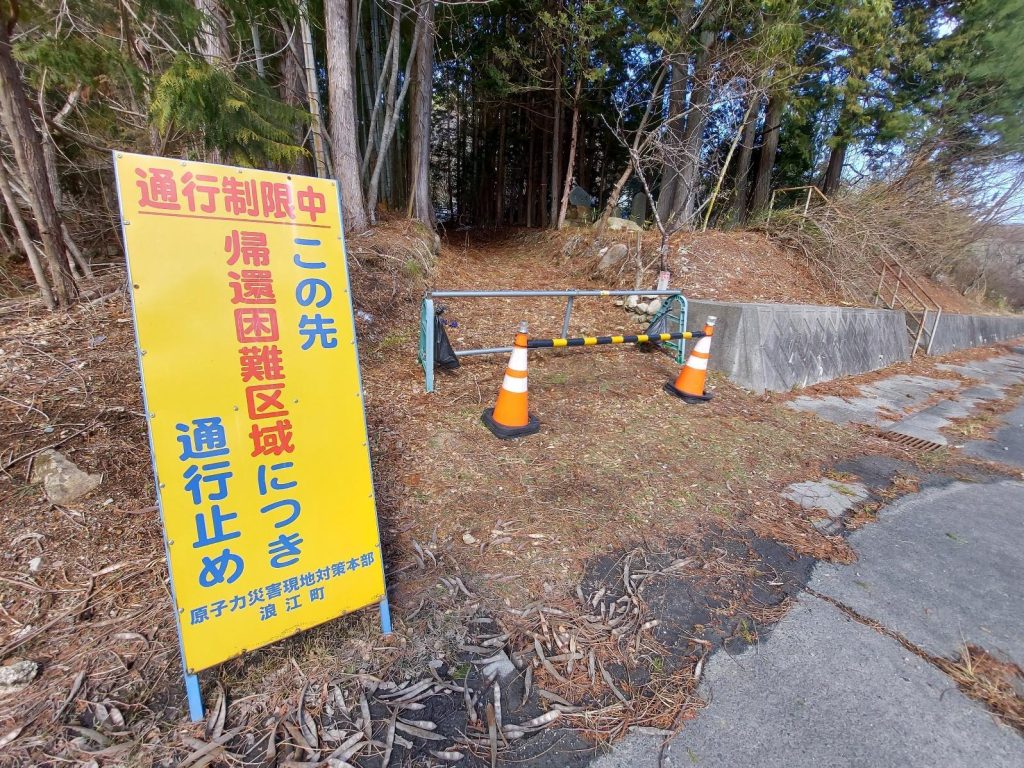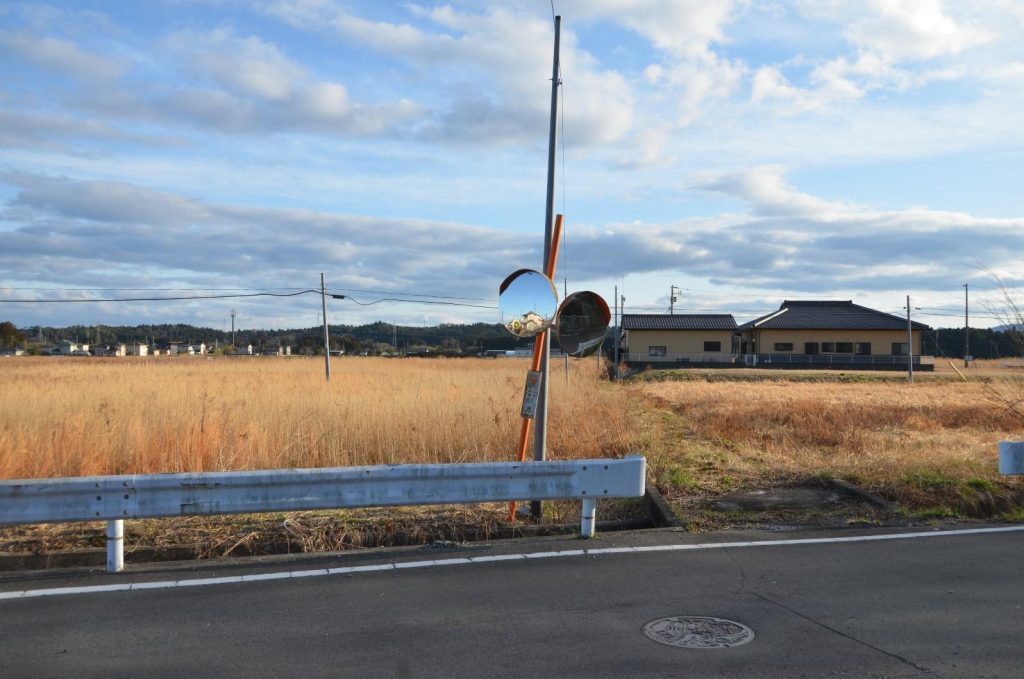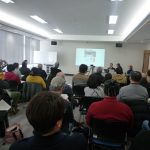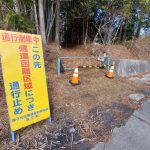3.Current Situation and Issues after the Earthquake: Inheritance of Traditional Culture and Formation of New Communities

In 2011, unprecedented disaster hit in Namie and it was severely affected by the tsunami and the Fukushima Daiichi NPP accident, and the temple as well. It’s still 75% in a difficult-return-zone there and the current population of about 2,000 residents is about one-tenth of what it was before. The residents who supported temples and shrines were forced to leave by the evacuation orders issued for the entire town, and there are still many challenges to overcome after the disaster. Gradually, however, efforts to pass on traditional culture and form new communities have begun in many areas, and hope for the future is gradually being restored. Shinshu temples will play an important role as centers for these activities.

The two-hour symposium reminded us of the magnitude of the regional challenges posed to Namie by the disaster, and at the same time, it also reminded us of the profound impact that immigration has had on their history and culture. In particular, passing on the local culture to the next generation is an important initiative, not only for the survival of the temple, but for maintaining the local identity with an eye to the future. However, it won’t be easy to achieve both.
Although the disaster and the recent aging of the population and declining birthrate have not given cause for optimism about the maintenance and survival of temples, local temples are expected to contribute to regional revitalization by passing on traditional culture and serving as a base for the formation of new communities. Learning about and taking pride in local history and culture will be a driving force for local revitalization to overcome the many challenges in revitalization process. From this perspective, temples may play an important role in the future. It is important not only to lament what was lost in the disaster and the past, but to find hope for the future.

By working together, people from different standpoints can build a better future. To keep going forward, each of us needs to think about what we can do and act accordingly. This symposium provided a valuable opportunity to think about the future of our community through the history of temples and Shinshu immigrants. With hope for the future, we can only hope for the revival of Namie.




2 件のコメント